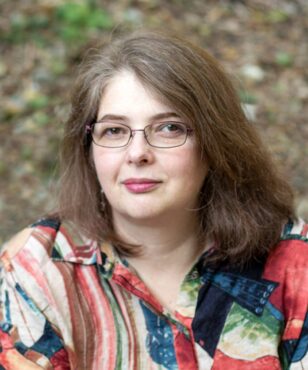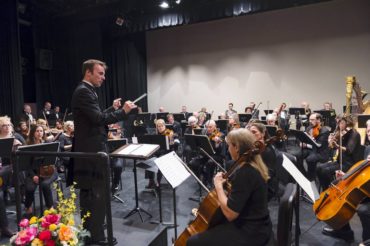
Going into college, Dick Heine had to make a choice between music and engineering. A band and orchestra brass musician since fifth grade, he’d played throughout high school and even spent four summers at music camp.
Engineering, nonetheless, won — so Heine kept his trombone skills sharp by playing with the university orchestra. As he began an engineering career with the Navy, Heine’s music-making days seemed over. Until, that is, his tour brought him to the Bremerton Navy base, where some officers “teased” him into starting to play again, with the local community band Farragut Brass.
Next thing he knew, Heine was auditioning for the Bremerton Symphony.
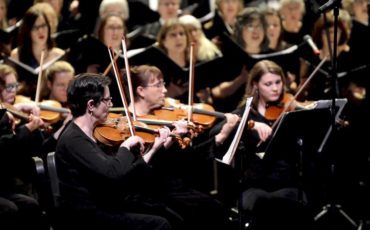
“I didn’t realize, while on active duty, how much I missed it,” says Heine, who retired as a Navy captain, after a 28-year career, in 1991.
He missed it so much, that for close to three decades, on an off, Heine played both with the Bremerton Symphony and the Bainbridge Symphony Orchestra, where at one time he also had the role of general manager.
“I think the focus one is required to achieve while playing music is very intense, and I really enjoyed the intensity, and the music itself,” he says.
Heine is one of many talented West Sound musicians who are using the local community orchestras as an outlet for their passion for music. Some, like him, dreamed of a professional music career. Others are “retired” musicians who like to keep their fingers on the beat.
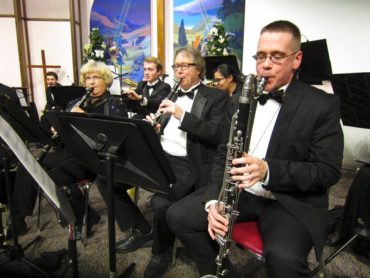
Many are lawyers, doctors, teachers, bankers, military officers, entrepreneurs and theologians by day. By night, they come together to rehearse and perform, frequently in front of a full house.
“If you choose not to have a career as a professional musician, you often find you still want to express yourself,” says Wes Schulz, music director and conductor of Bainbridge Symphony Orchestra for the past seven years. “The community orchestra is a place where you can make music on a regular basis with people who are also passionate about playing.”
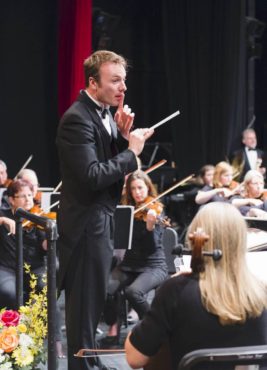
For timpanist Gary Dahl and his wife, Tineke, rehearsals and performances have become a date night of sorts. The couple, both teachers in the Central Kitsap School District, have been part of the Bremerton Symphony for nearly 20 years.
“We develop great friendships, and sharing music with friends is something I can never give up,” says Gary Dahl, who is a music teacher in elementary school and also serves as associate conductor and personnel manager with the symphony.
Tineke Dahl, the symphony’s principal second violinist, grew up taking music lessons, competing at state in high school and playing in the Seattle Youth Symphony. When their children were young, she would ask herself every year if she really had time for it all. (The couple estimates to have paid thousands of dollars a year on babysitters during rehearsals and performances.)
“Those of us who play in community orchestras have this passion to play and I think that in a way, if there were no audiences, we’d still want to play,” she says. “The Bremerton Symphony exists because of this community of players. The audience makes it possible to have the orchestra.”
By Community, for Community
While the community makes it possible for passionate musicians to have an outlet, the community reaps the benefits too. The orchestras are a public service — and like any nonprofit, have to raise funds to exist. The musicians are volunteers, for the most part, and the groups operate with very lean paid staff and volunteers who do everything from raising funds to marketing.
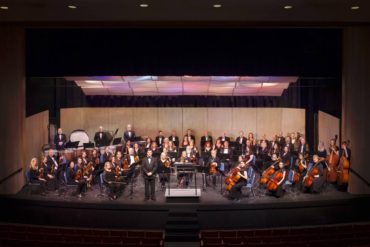
“The community has been fantastic; we’re extremely fortunate,” says Stephen Swann, executive director of the Poulsbo Community Orchestra, which he founded in 2013.
Unlike the Bremerton and Bainbridge groups, which require auditions, Poulsbo’s orchestra is part of a class under the Poulsbo Parks and Recreation programming. The orchestra is an independent nonprofit, but performers sign up (and pay fees) for a Parks & Rec class to participate. Local groups like the Lions and Rotary are among the financial supporters of the orchestra.
Swann is a trumpet player who wanted to start a local band after playing in one in Arlington, Virginia. He says that during Poulsbo Community Orchestra’s early days, he was worried that nobody would attend the concerts (which are free). The community proved him wrong — the last two performances brought audiences of 600 people.
“I never expected standing-room only at the concerts,” he says.
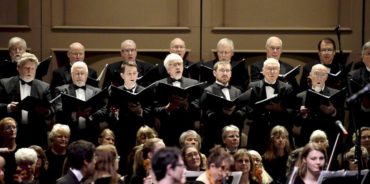
With a head count of about 70, the orchestra has attracted musicians from age 13 to 85. There’s also strong military participation. The French horn player hails from the Navy Band Northwest, and the volunteer conductor, Bruce Mansfield, is a Navy lieutenant at Bangor. Other Navy personnel help with sectionals.
“We provide a resource that military families don’t expect,” says Swann, a military retiree himself. “We really like having military families, active duty (personnel) and children of military families.”
Bringing Art to Life
Schulz, who will conclude his tenure as BSO’s music director this year, says what attracts many musicians to community orchestras is the desire to contribute to the cultural fabric of the community.
“Art spaces, whether theater, comedy, music or visual arts, are a place to contemplate the person, our place in this world. They fill our critical need to reflect on our humanity,” he says.
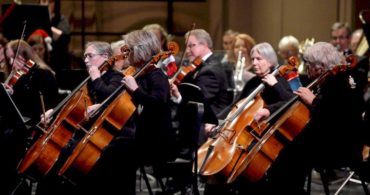
But music adds an extra dimension to the arts — it’s participatory.
“Music only happens when we create it,” he says.
Alan Futterman, music director and conductor for Bremerton Symphony, says this process of re-creating the music takes performers on the same journey that the composer took.
“What a thrill to play a piano or violin part by Beethoven and realize that your fingers are re-creating the exact patterns that the master played 200 years ago,” he says.
The music becomes “an entry portal into a time tunnel that lets us begin to understand the culture of a very distant time and place,” he says. He uses the example of Symphony No. 4 by Carl Nielsen, who composed it in the midst of World War I.
It was a time when “mechanized warfare had come to bucolic, agrarian Northern Europe,” and Nielsen has eight timpani at the front of the stage that “literally pound his beautiful themes to smithereens,” Futterman explains.
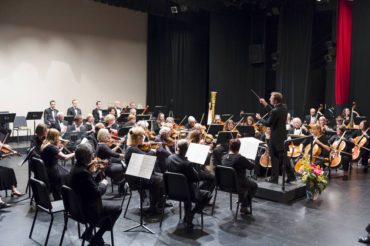
“The effect on the audience was astounding. Every performer and attendee was immediately transported back to a World War I artillery battle,” he says, recalling Bremerton Symphony’s performance of the piece.
The audience becomes the third element of the performance, together with the composer and the musicians, Schulz says. The audience experience — and response — are a part of the music-making.
“The most satisfying moments are those that just ‘happen,’ like the audience tuned in and very enthusiastic, or the orchestra engaged more than normal,” he says. “You don’t know what will resonate with an audience on any particular night. This is live music, so anything can happen.”
Perhaps part of the community’s appreciation stems from the orchestras’ consistent attempts to surprise. Bremerton, for example, has brought its audiences everything from medieval music to contemporary jazz, including by local composers.
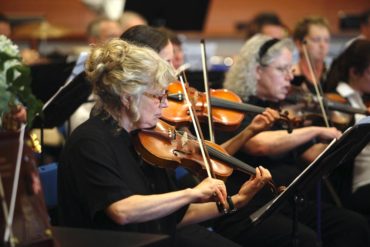
Poulsbo’s performances have included scores by renowned film composer John Williams, with compositions from “Star Wars,” “Star Trek” and “Jurassic Park,” and other composers’ hits from movies like “Titanic” and “Pirates of the Caribbean.”
“A Lions Club member was shocked our young group could put on a concert like that,” Swann says.
BSO’s recent highlights have included Gustav Mahler’s Symphony No. 1 performed in collaboration with University of Puget Sound Symphony Orchestra and a collaboration with Bainbridge Chorale for “Carmina Burana.”
For Heine, “Carmina Burana” marked his last symphony performance. Now 78, he retired in April both from Bremerton Symphony and Bainbridge Symphony Orchestra, which he’s watched grow from a chamber orchestra.
Asked if he missed it, he didn’t hesitate to say yes, just three months later. But, like many “retired” musicians who can’t see themselves without making music, he may never truly put his trombones away. Heine is not done sharing his talents with the Hometown Band and Bethany Brass — and with the West Sound community.




